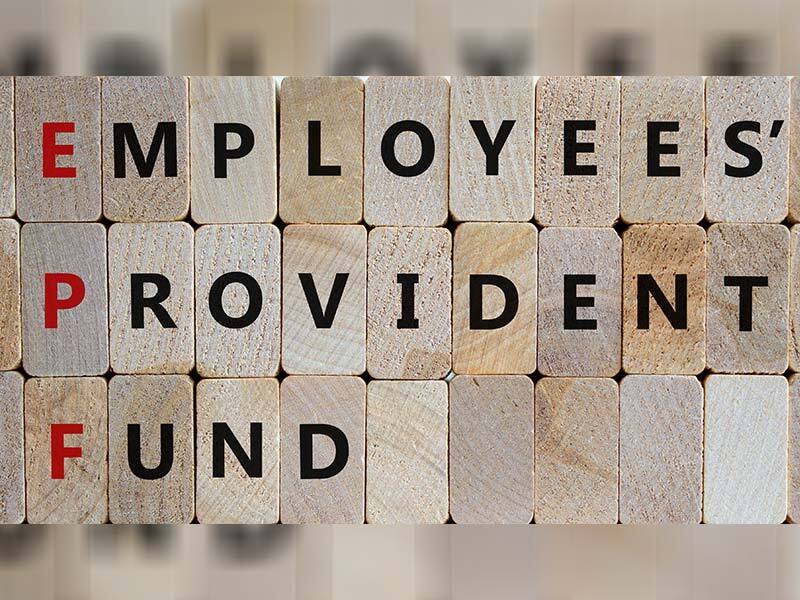
EPF and EPS, if these two schemes sound similar to you then you may be mistaken. EPF is Employee’s Provident Fund whereas EPS is Employee’s Pension Scheme. Both these are unique saving schemes offered by the Government of India to salaried citizens of the country. These schemes primarily gather a corpus by setting aside a portion of an employee’s basic salary and dearness allowance. EPF requires contributions to be made by both the employer and employee whereas EPS only requires contributions from the employer.
Read on to find out more about EPF and EPS and what factors differentiate these two schemes.
What is EPF?
EPF is a retirement scheme that promotes savings among salaried individuals for a financially secure retirement. Under this scheme, both the employee and employer must contribute the same amount every month to the employee’s provident fund account. The employer and the employee’s contribution to EPF have to be 12% of the employee’s salary each (calculated on basic salary plus dearness allowance).
A retirement corpus is accumulated through this until the individual reaches the end of his/her working period. Upon retiring, the employee can withdraw the net amount along with interest earned on the same.
EPF offers regular interest on the corpus accumulated in the EPF account. For the financial year 2021-22, the interest rate applicable on EPF is 8.1%.
Suggested link: Use EPF calculator to check interest earned on your EPF investment
What is EPS?
Under this pension scheme, salaried individuals can earn a pension provided they are members of the EPFO or Employees Provident Fund Organisation and their employers have made periodic contributions to their EPS account.
Employers contribute 8.33% of the employee’s salary (basic + dearness allowance) to the EPS account. Employees are not required to contribute under this scheme.
In this scheme, the employee starts receiving a pension after attaining 58 years of age. Even after the death of an employee, the pension is paid to the nominee.
Are EPF and EPS the same?
Refer to the table below to know the key differences between EPF and EPS:
| EPF | EPS | |
| Employer’s contribution | 3.67% of basic + dearness allowance | 8.33% of basic + dearness allowance |
| Employee’s contribution | 12% of basic + dearness allowance | NIL |
| Applicability | All employees | Only those employees whose monthly salary+dearness allowance is within Rs. 15,000 |
| Maximum contribution | The limit is defined as a percentage of the employee’s salary+dearness allowance | Rs. 1,250 per month |
| Withdrawal Age Limit | Withdrawal is allowed at any time. If the corpus is withdrawn before the completion of 5 years of service, the same is taxable. If a salaried individual is unemployed for a period of 60 days in continuity then the entire amount can be withdrawn. | Early withdrawal can be done if minimum of 10 years of service is completed or if the employee reaches 50 years of age. Regular pension withdrawal can be done after 58 years of age. |
| Interest | 8.1% for FY 21-22 | No interest rate is applicable |
| Tax benefit | Investment amount and interest earned is entirely tax exempt. | Since this investment does not involve employee contribution, there is no tax benefit on the same. Both lump-sum withdrawal and pension are taxable. |
Commonalities between EPF and EPS
Some of the common factors applicable to both EPF and EPS are:
- Both the schemes are available for employees of companies who are members of the Employees’ Provident Fund Organisation (EPFO).
- Companies have to comply with the EPFO norms if the total number of staff is above 20.
Conclusion
Although EPF and EPS have unique characteristics, both offer a number of benefits to salaried individuals. Both promote a savings mindset and allow retirement planning for employees. Since these are government-backed there is no risk of loss and employees can earn reasonable interest on the accumulated corpus.
FAQs
EPF and EPS are both retirement savings schemes for salaried individuals and each offers unique benefits. In EPF, both the employer and employee must contribute a percentage of the employee’s salary, whereas, in EPS, the employer alone makes a contribution. EPF returns are tax-free whereas EPS returns are taxable.
At the time of opening a EPF or EPS account, the EPFO assigns a Universal Account Number (UAN) to each participant. Thus, even if one changes jobs, the UAN remains the same, only it gets attached to the new employer.
To check your EPS balance, you must access the EPS passbook. This is available as a physical copy and it can also be accessed online.
EPF and EPS account numbers can be sought from the employer or salary slips. Also, one can check for account numbers by using UAN on the UAN portal.



























